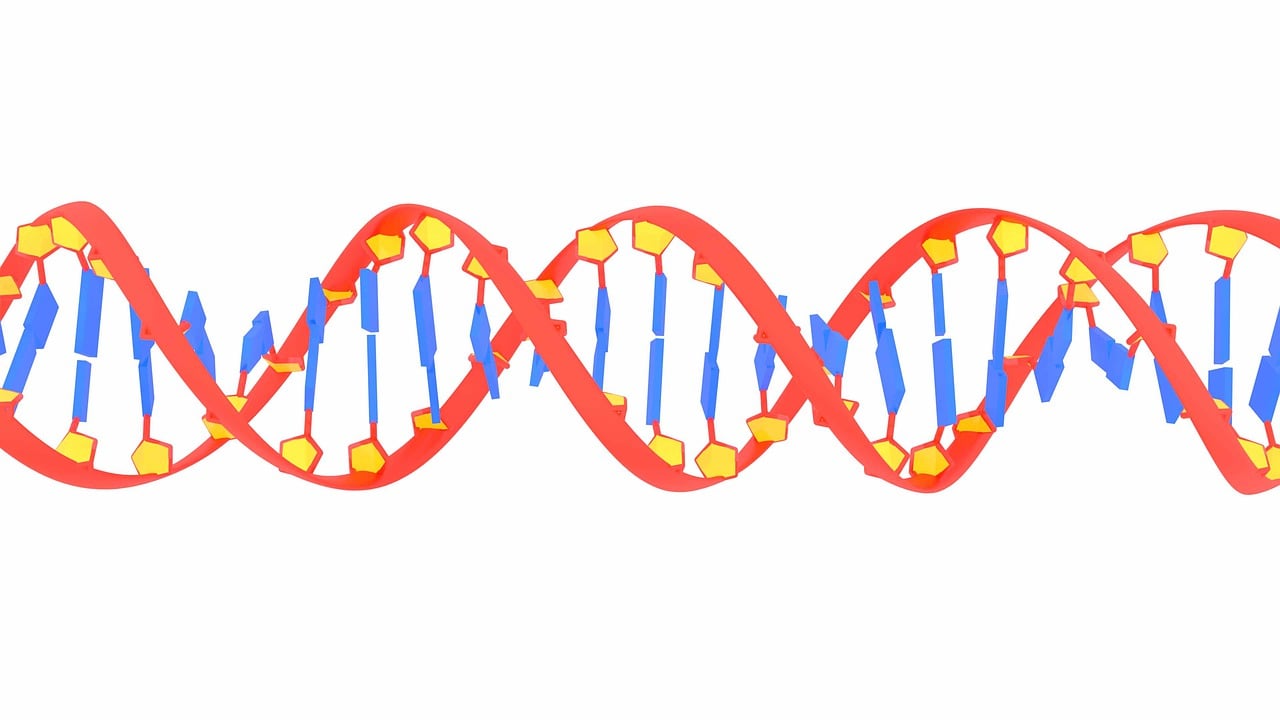Polymeric materials that contain a lot of water and have three-dimensional network architectures are called hydrogels. Because they may encapsulate a variety of bioactive compounds, such as medicines, antigens, and even cells, they function as sustained-release drug delivery vehicles. Because hydrogels are more biocompatible, biodegradable, and readily delivered as an injectable scaffold, they are superior to traditional drug delivery methods.
Because of its adaptable physicochemical characteristics, DNA has drawn a lot of interest as a potential hydrogel material, which has resulted in the creation of several DNA hydrogels. However, there are a number of drawbacks to current techniques, such as DNA ligase-linked hydrogels, such as the possibility of allergic responses and difficult delivery processes that restrict practical uses.
To overcome these difficulties, three or more predesigned oligodeoxynucleotides (ODNs) with partly complementary sequences were recently used to create a polypodna, a polypod-like nanostructured nucleic acid. These effective DNA nanostructures are simple to inject and quickly transform into hydrogels at the injection site. Although this method produces self-gelatinizing nucleic acids that form hydrogels without the need for DNA ligase, it necessitates several ODNs, which raises the possibility of off-target effects due to the huge number of DNA bases involved and increases preparation costs and design complexity.
This was addressed by using just two ODNs to create a Takumi-shaped DNA unit. There are, however, few research examining its retention capacity or optimization as a sustained-release drug carrier.
Their findings were published in the journal Journal of Controlled Release.
Our goal was to miniaturize and optimize DNA nanostructures so that stable DNA hydrogels could be formed with fewer nucleic acids.
Prof. Nishikawa
Each ODN in the Takumi-shaped DNA structure was built using a palindromic stem that was eight to eighteen nucleotides long. It was joined to two cohesive sections on either side by a thymidine (T) spacer. Each ODN was given a name based on the quantity of nucleotides in its cohesive and stem sections, and the ODNs create a self-dimer through the palindromic sequence. An ODN having a stem length of 14 nucleotides and a cohesive portion of 10 nucleotides at either end is referred to as 14s-(T-10c)2.
Researchers rigorously constructed several ODN lengths and examined the relationship between structural characteristics and hydrogel performance, with an emphasis on in vivo retention capabilities, in order to improve the Takumi-shaped DNA as an injectable hydrogel unit with sustained retention.
Their results demonstrated that the length of the stem and the cohesive components affect the hydrogel’s characteristics, including stability and melting temperatures. The hydrogel units were effectively created by ODNs with stem lengths of 12 nucleotides or more, indicating that a stem length of 12 nucleotides is sufficient for unit formation. At a length of ten nucleotides, cohesive components also showed good hybridization and interactions.
By varying the lengths of cohesive parts, the researchers also evaluated the storage modulus of hydrogels, which aids in understanding how the hydrogel changes under various physical conditions. They found that GC-rich cohesive parts that are 10 nucleotides long have superior thermal stability and storage modulus when compared to other formations.
The length of the 12s-(T-10c)2-ODN, which showed the highest retention in mice, was 34 bases, requiring only two ODNs to form. In total, just 68 nucleotides were needed for DNA hydrogel formation―markedly lesser than the hexapodna-based DNA hydrogel composed of twelve different 40-base long ODNs.
Prof. Nishikawa
Also Read: The Risk of Inherited Cancer Can Be Caused by Changes in DNA and Other Biological Pathways
Due to the persistent release of doxorubicin at the injection site, in vivo investigations using doxorubicin-intercalated DNA hydrogels of 12s-(T-10c)2-ODNs demonstrated extended persistence of at least 168 hours post-administration, which contributed to noticeable anti-tumor effects in mice. Furthermore, Takumi-shaped DNA hydrogels may trigger specific immunological reactions, which would make them efficient antigen-delivery vehicles. Following in vivo delivery in mice, the optimized DNA hydrogel made using 12s-(T-10c)2 demonstrated a longer retention than the hexapodna-based DNA hydrogel. Prof. Nishikawa says, “These findings demonstrate the potential of DNA hydrogels as bioactive material delivery devices.
Overall, this work offers a promising biomedical breakthrough for targeted therapeutics by showing how few DNA units may combine to produce biocompatible hydrogels with sustained drug release capabilities and high retention periods.
Source: Tokyo University of Science
Journal Reference: Jin, Jian, et al. “Biocompatible DNA Hydrogel Composed of Minimized Takumi-shaped DNA Nanostructure Exhibits Sustained Retention After in Vivo Administration.” Journal of Controlled Release, vol. 377, 2025, pp. 704-715, DOI: https://doi.org/10.1016/j.jconrel.2024.11.052.
Last Modified:
Graduated from the University of Kerala with B.Sc. Botany and Biotechnology. Attained Post-Graduation in Biotechnology from the Kerala University of Fisheries and Ocean Science (KUFOS) with the third rank. Conducted various seminars and attended major Science conferences. Done 6 months of internship in ICMR – National Institute of Nutrition, Hyderabad. 5 years of tutoring experience.







